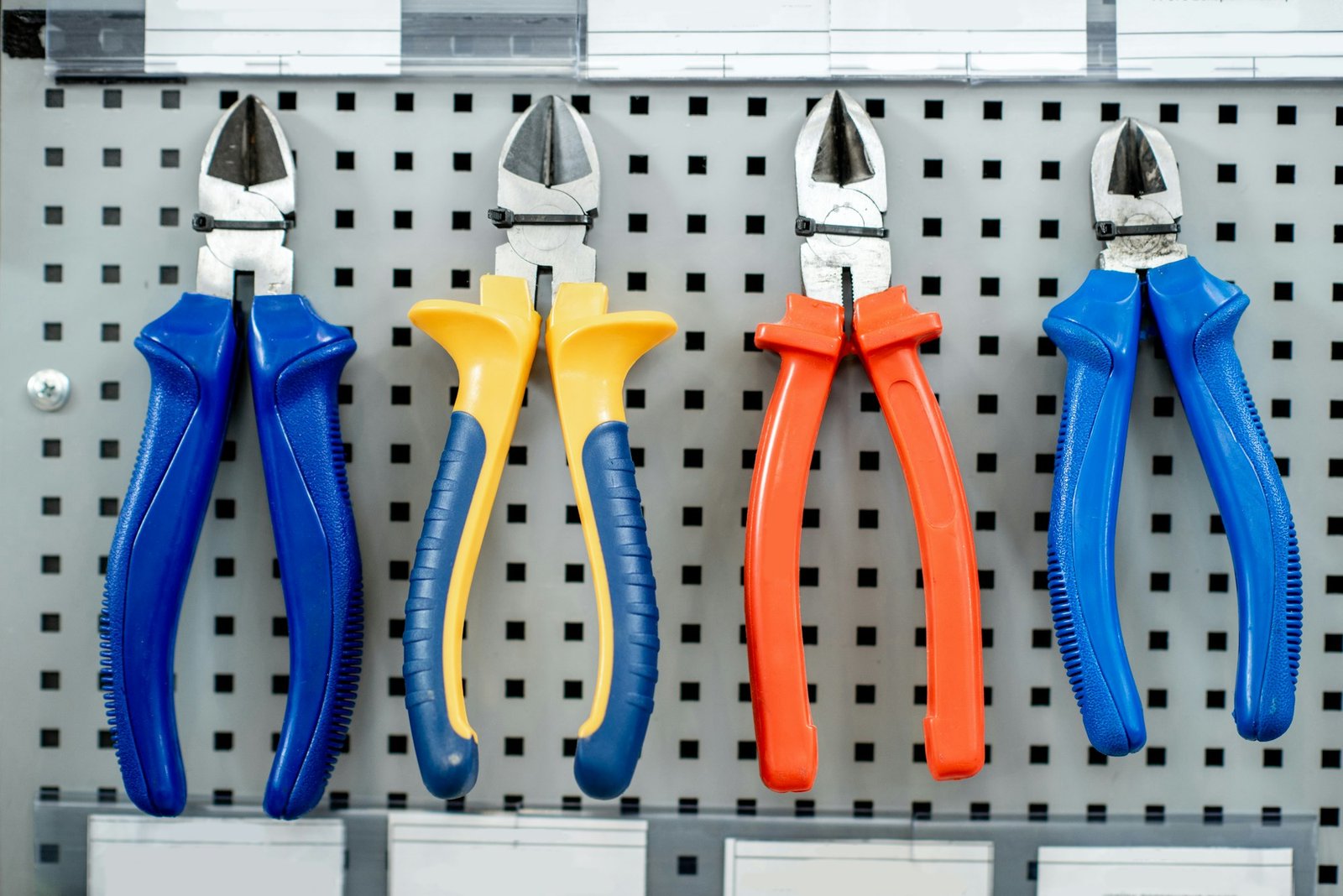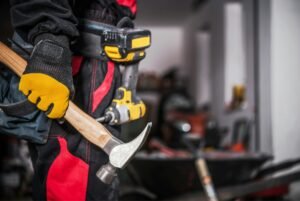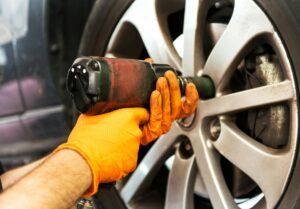Introduction: Hand pliers are versatile and essential tools found in almost every toolbox, workshop, and household. From gripping and cutting to bending and crimping, pliers are used in a wide range of applications across various industries and trades. In this comprehensive guide, we delve into the world of hand pliers, exploring their types, uses, features, maintenance, and safety precautions.
Types of Hand Pliers:
- Combination Pliers:
- Combination pliers, also known as lineman’s pliers or combination pliers, are versatile tools that combine multiple functions in one tool.
- They feature a combination of gripping jaws, cutting edges, and wire stripping notches, making them suitable for various tasks such as gripping, cutting, and stripping wires.
- Needle-Nose Pliers:
- Needle-nose pliers, also called long-nose pliers or pointy-nose pliers, have long, slender jaws with pointed tips, allowing for precise gripping and manipulation of small objects and wires.
- They are commonly used in electronics, jewelry making, and fine mechanical work where access to tight spaces and delicate handling is required.
- Diagonal Cutting Pliers:
- Diagonal cutting pliers, also known as wire cutters or diagonal pliers, feature sharp, angled jaws designed for cutting wires, cables, and other materials flush with the surface.
- They are essential tools in electrical work, cable installation, and metalworking for cutting and trimming wires and components.
- Slip-Joint Pliers:
- Slip-joint pliers, also called adjustable pliers or channel-lock pliers, feature adjustable pivot points that allow users to adjust the jaw opening for gripping objects of different sizes.
- They are versatile tools used in plumbing, automotive repair, and general household tasks for gripping, twisting, and turning nuts, bolts, and pipes.
- Groove-Joint Pliers:
- Groove-joint pliers, also known as tongue-and-groove pliers or water pump pliers, have serrated jaws with multiple groove positions that provide a wide range of jaw openings.
- They are commonly used in plumbing, automotive repair, and mechanical work for gripping and turning irregularly shaped objects such as pipes and fittings.
Uses of Hand Pliers:
- Gripping:
- Hand pliers are used for gripping and holding objects securely during various tasks such as assembly, installation, and repair.
- They provide a firm grip and leverage for twisting, turning, and manipulating objects of different shapes and sizes.
- Cutting:
- Many hand pliers feature cutting edges or jaws designed for cutting wires, cables, and other materials.
- They are used in electrical work, construction, and metalworking for cutting and trimming wires, nails, and small components.
- Bending and Shaping:
- Hand pliers with long, slender jaws such as needle-nose pliers are used for bending, shaping, and manipulating wires and components.
- They are essential tools in electronics, jewelry making, and fine mechanical work for precise bending and forming of delicate materials.
- Crimping:
- Some hand pliers feature crimping dies or jaws designed for crimping connectors, terminals, and sleeves onto wires and cables.
- They are used in electrical and telecommunications industries for making secure and reliable connections in wiring and cabling systems.
Maintenance and Care:
- Cleaning:
- Regularly clean hand pliers with a mild solvent or degreaser to remove dirt, grease, and debris from the jaws and handles.
- Wipe the pliers dry after cleaning and apply a thin coat of lubricating oil or rust inhibitor to prevent corrosion and maintain smooth operation.
- Inspection:
- Periodically inspect hand pliers for signs of wear, damage, or malfunction, such as loose joints, worn jaws, or damaged cutting edges.
- Replace worn or damaged parts and perform necessary repairs to ensure safe and efficient operation.
- Storage:
- Store hand pliers in a clean, dry place away from moisture, humidity, and extreme temperatures to prevent rust and corrosion.
- Use protective cases or tool racks to organize and store pliers properly and prevent damage during transportation and storage.
Safety Precautions:
- Personal Protective Equipment (PPE):
- Wear appropriate PPE, including safety glasses and gloves, when using hand pliers to protect against flying debris, sharp edges, and hand injuries.
- PPE helps prevent eye injuries, cuts, and abrasions during handling and operation of hand pliers.
- Proper Use:
- Use hand pliers for their intended purpose and avoid using them for tasks beyond their design capabilities.
- Follow proper operating procedures and manufacturer guidelines to ensure safe and efficient use of hand pliers.
- Secure Workpiece:
- Secure workpieces properly using clamps, vises, or other holding devices to prevent movement or slippage during gripping, cutting, or bending operations.
- Maintain a stable work surface and keep hands and fingers away from the cutting edges and moving parts of the pliers.
Conclusion: Hand pliers are versatile and essential tools that find applications in various industries and trades, from construction and manufacturing to electronics and jewelry making. By understanding the types, uses, features, maintenance, and safety precautions of hand pliers, users can maximize their performance, durability, and safety in the workshop, job site, or household.






